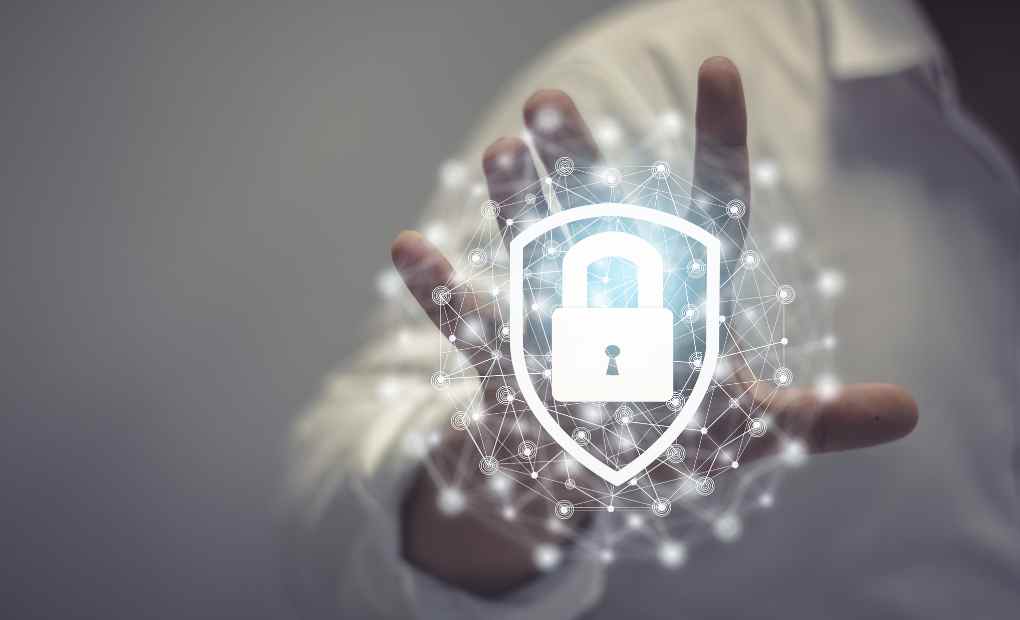Express Deployment of Teleworking and Its Security Protocols
Life goes on, and business must go on as generally as possible.
When we usually talk about business continuity, we think of two types of risks:
- Incidents and digital attacks such as system crashes, loss or leakage of data, malware infections, or encryption that hijacks the data
- Physical disasters such as fires, thefts, or natural disasters that affect the facilities and technological infrastructure
But now also, we know that we must be prepared before
- Social contingencies, such as now the confinement due to a pandemic
That’s right, and we have no choice. Due to responsibility and social collaboration, we must lock ourselves in and continue giving the best of each of us because, as we say, life goes on, and businesses and public services must continue to be active as far as possible.
Teleworking: recipe for confinement
Therefore, the recipe is straightforward: Teleworking both for employees of private companies and those of the administration or public sector entities. Virtually all office jobs become remote jobs.
Thousands, perhaps millions, of companies and administrations are forced to integrate teleworking into their corporate DNA to continue offering their services.
Also Read: Experimentation to the Success of Artificial Intelligence
This implies deploying, in many cases against the clock, remote workstations, which means opening new accesses to the system so that everyone from home can follow their work and their daily chores from their new Workspace at home.
Controlled and secure deployment of telework stations
But be careful because the situation’s urgency cannot reduce the environment’s security or compromise the business’s information and data. Despite massive and urgent deployments of remote jobs, they must be controlled and safe deployments.
We must keep the perimeter security of the technological infrastructure active and protect data that allows us to recover and continue working with minor loss of time and data in case of infection or disaster. A managed cloud service provider can help ensure these security measures are effectively implemented while maintaining operational continuity.
A security protocol for teleworking positions according to Enetic
At Enetic, we have designed a protocol of 5 actions to maximize the express deployment of teleworking or remote work positions.
To add our grain of sand and collaborate with the business fabric, we share this protocol with you so that the massive adoption of teleworking does not represent an opportunity in cybercrime.
1. Securing the Client or Endpoint
Work devices and equipment may change overnight due to the implementation of teleworking. Sometimes employees will start working on their PCs or laptops, which must be secure. For this, it is necessary to carry out a preliminary scan in search of malware or other malicious software and install the corporate antivirus on the new work computers. Solutions like ESET, Kaspersky or Carbon Black may be suitable.
2. SSL VPN Firewall Connection
We will give access to the system and the environment’s resources to new devices and equipment, but this should not limit the action of the Firewall or Firewall solutions. It will be necessary to keep perimeter security active, enable secure remote access through VPN solutions, integrate with domain controller users, and properly configure the firewall policy so that access to the environment is restricted to what is strictly necessary. WatchGuard, SonicWall, Fortinet, and other Firewall providers integrate VPN solutions to establish secure connections.
3. RDP remote connection to virtual desktop
Desktop virtualization technologies make secure remote connections simple and easy. We recommend establishing connections between the terminals and the servers through the RDP protocol. In the case of not having virtualized desktop sessions, the Windows broker service can deploy the Windows Broker service to ensure that each user connects to their computer in a controlled manner.
4. Securing access with double-factor authentication (MFA)
The login through double authentication is increasingly present in the access gateways of all types of platforms. It is also ideal for bringing this two-factor or two-step authentication to access user sessions and documents, apps, and VPNs. Authpoint or Duo Cisco are corporate firewall-agnostic solutions that allow you to secure authentication using two factors. Authpoint is free for the next two months.
5. Extended backup
Finally, it is essential to be supported in case all this is unnecessary at some point. Check your Backup system and make sure you are not balancing without a network. Remote user access increases the likelihood of data encryption attacks. We recommend extreme Data Protection measures following the Best practices 3+1+1+1:
- Backup to two different locations with two other technologies.
- Backup replicated to the cloud.
- Backup Offline.
Backup isolation in a dedicated network and Snaps protections in files, backup repositories, and virtual machines (SAN Storage).
Also Read: Protect the Information on your Device

